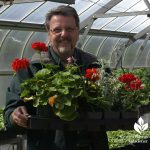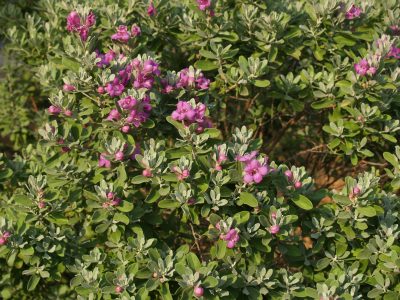Do I need to clean or sterilize my containers before planting again?
Thanks to Nettie Birnbaum for this great question! She asks, “Do we need to clean plastic six packs or pots and clay pots to reuse them for cuttings or to plant new container plants? How should we do it and do we need to sterilize them against disease?”
Well Nettie, the answer is a resounding yes. All pots should be cleaned and gently scrubbed before re-use. Although the likelihood of contamination is low, it’s always better to err on the side of caution. At the very least use a warm, slightly soapy liquid and a scrub brush to remove all remaining debris from the container.
You should also, whenever possible, use a weak bleach solution to disinfect any possible microbes, especially in square containers, like those six-packs, where it’s almost impossible to get all the potting soil out of the corners.
To make a 10% bleach solution, simply mix one part bleach to nine parts water. Be sure to rinse those bleached containers, and allow them to thoroughly dry before reusing them.
And just a reminder about repotting plants. In containers, plants prefer to be crowded, so don’t use too large a container. A good rule of thumb is to move up only one container size, for example from a 4″ pot to a 6″ one, when transplanting container plants. And if you’re creating a container with multiple different plants, maybe for a splash of annual color near your porch or patio, be sure to fill the container entirely, with each plant almost on top of the other one, so that you can barely, if at all, see the soil.

 Brent Pemberton
Brent Pemberton Daphne Richards
Daphne Richards
 Trisha Shirey
Trisha Shirey